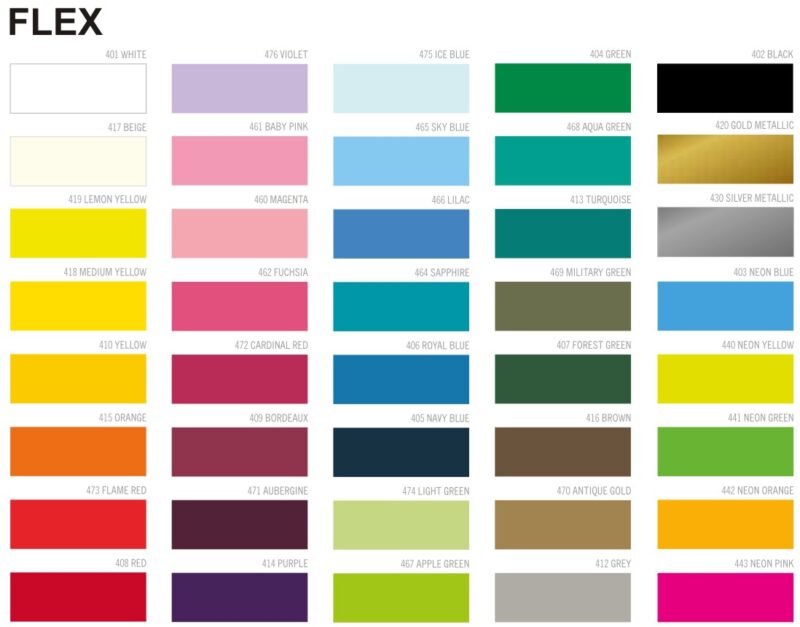Have you finished creating your dream graphic that you would like to print on clothing for yourself or need a gift in the form of a T-shirt for a loved one, but don’t know what printing technique will be most suitable for this?
No worries! This article will help you choose it.
Printing technology mainly depends on the following factors:
- the number of garments
- the type of garment
- the composition of the garment material (cotton or polyester)
- the number of colors of the imprint
- size of the overprint
- the overall appearance of the graphic
- whether there are color tonal transitions / gradients, whether there are fine details or very thin lines….
- format in which you have graphics: vector (.cdr, .eps, .pdf, .ai) , closed image – bit map (.tiff, .png, .jpg)
- time for implementation
- After receiving this information, we will be able to select the appropriate printing technique for your idea.
If you would like to know more now so that you can use the printing price list yourself: https://printexpress.pl/cennik/znakowanie-odziezy-netto/ , read the description of each technology.
Printing techniques that we can use from 1 piece of clothing
Flex film (smooth) and flock film (with a mesh structure)
A permanent printing technique that we can use on cotton or polyester garments (but only on light-colored garments, where the print would be in dark color). Inscriptions, logos and uncomplicated graphics are well suited for this printing method. It is most often used for one-color graphics, but simple graphics can also be done in two or three colors (without tonal transitions). Graphics for this type of printing should not have too fine lettering or elements and thin lines The thinnest line for printing must be at least 1 mm, and preferably 1.5 mm. The lettering should be at least 5 mm high, and preferably 7 mm. Graphics for printing in this technology should be prepared in vectors (.cdr, .eps, .pdf, .ai). Available colors of flex / flock film in classic colors:







Flex film with blocker
Ten rodzaj folii stosujWe use this type of film on polyester materials. Thanks to a special blocker, we will avoid migration of the T-shirt color to the print. Especially when printing in white color, you should use foil with blocker. Other information is the same as for standard flex film. Available colors of flex film with blocker:



For more information about flex / flock film printing, click here:
https://printexpress.pl/techniki-nadruku/termotransfer/
DTF
We will use DTF digital printing on 100% cotton garments. We can print any graphic with this technology, without much restriction. We print on Sols Imperial T-shirts, because the print comes out best on them. Graphics for printing in this technology should be in .tiff, .png, .jpg formats. Colors in RGB. Of course, with CMYK as much as possible we will also do the printing, but the colors may not be reflected according to the customer’s vision.



Sublimation
We can use this technology to print on garments with a significant majority of polyester in the composition (minimum 65%). Printing is done on white or light-colored fabrics. This is because the printer does not have white ink, so a print made on dark fabric would be invisible. The print will be imperceptible to the touch, “pressed” into the structure of the T-shirt, and will only deteriorate when the T-shirt is destroyed. Any multicolored graphic (even with tonal transitions) can be printed in sublimation. Graphics for printing in this technology should be in .tiff, .png, .jpg formats. Colors in CMYK.



You can read more here:
https://printexpress.pl/techniki-nadruku/sublimacja/
Subli-flock
This is another of the more durable printing techniques. This technology can be used on garments of any color and on both cotton and polyester. The print is sublimated onto flock film and then the whole thing is heat-sealed into the garment. Thus, we can get a full-color print of multicolor graphics as well as any photo. It should be remembered that with this technique the graphics must be outlined in such a way that they can be cut out by hand, so the shapes cannot be too detailed or complicated to cut out. The print is perceptible to the touch (a “fleck” texture). Graphics for printing in this technology should be in .tiff, .png, .jpg formats. Colors in CMYK. Would you like to learn more about this printing method?



ZI invite you to read more:
